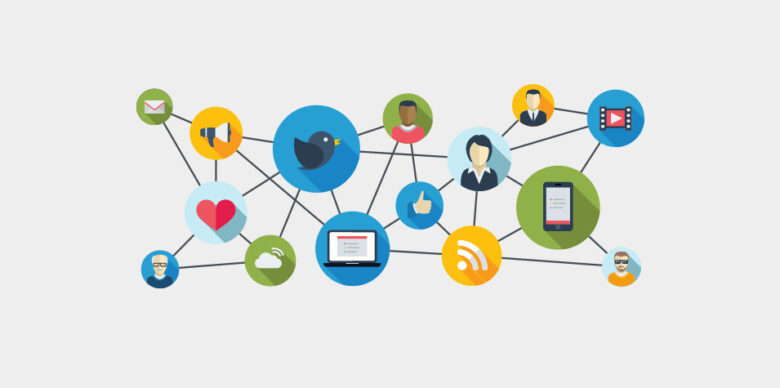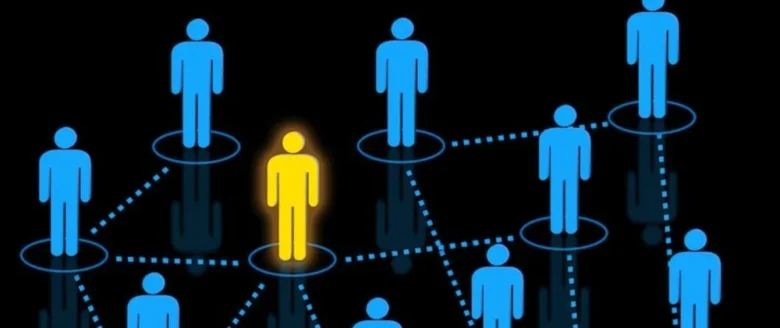An exciting evolution is taking place in the sphere of education. It’s a transformation driven by revolutionary technological advancements, aimed at creating an immersive, enriching, and accessible learning environment for everyone. This article will unravel the myriad ways in which technology has been harnessed to revamp the traditional learning experience and usher in a new era of online education.
Contents
- Accessible and Inclusive Online Education
- Simulations and Experiential Learning
- Video-Based Instruction and Lectures
- Social Networks
- Remote Labs and Virtual Experiments
- Blockchain Technology for Credentialing and Certifications
- Microlearning and Bite-sized Content Delivery
- Peer-to-Peer Communities
- Language Learning Technologies
- Final Thoughts
Accessible and Inclusive Online Education

Source: leverageedu.com
Ensuring all learners can participate and thrive in an online learning environment is paramount. To this end, technology is being harnessed to create accessible and inclusive platforms. AI-driven tools like speech-to-text translators and closed captions make learning content accessible to learners with hearing impairments, while screen readers and braille displays cater to those with visual impairments.
Further advancements include the development of adaptive technologies. TechnoTutor and other intuitive tools can modify the presentation of content, the complexity of questions, and even the layout of the platform to suit the needs of individual learners. Consequently, these strides in technology are making online education a truly inclusive space.
Simulations and Experiential Learning
“Experience is the best teacher.” This wisdom now informs modern online pedagogy, integrating advanced simulation technology to emulate real-world experiences. This experiential learning approach immerses students in dynamic, interactive virtual environments, bringing theoretical concepts to life. From medical procedures to aviation, simulations serve to both enhance comprehension and develop crucial skills in a risk-free setting.
Another transformative aspect of simulations lies in their potential for personalization. Technology enables these virtual platforms to adapt to each student’s pace, crafting a learning trajectory that aligns with their abilities and needs. Therefore, this form of instruction serves not just as a teaching tool, but also as an avenue for constant, personalized skill enhancement. You can visit the Nogentech and check out similar and other topics related to technology.
Video-Based Instruction and Lectures
Today’s learners prefer content that is not just informative but also engaging and digestible. Enter video-based instruction – a tool that harnesses audiovisual technology to enhance learning effectiveness. The use of videos adds a level of engagement that text-based instruction often lacks, catering to visual learners and making complex concepts easier to understand.
Interactive video lectures also create room for asynchronous learning, empowering students to control the pace of their education. This adaptability allows learners to revisit complex topics, pause to consider concepts or fast-forward through familiar content. Consequently, video-based learning has evolved into an invaluable tool for providing flexible, learner-centric education.
Social Networks

Source: shortstack.com
Leveraging the power of social interaction in online education, social learning networks have emerged as potent tools for collaborative learning. These platforms offer a space where learners can share knowledge, engage in discussions, and collaborate on projects, thus cultivating a vibrant online community.
Within these communities, learners gain not only from formal instructional materials but also from the shared wisdom of peers. They foster a dynamic learning ecosystem where insights, experiences, and perspectives intermingle, fostering deeper understanding and critical thinking. Therefore, social learning networks are paving the way for a more interactive, community-driven approach to online education.
Remote Labs and Virtual Experiments
The practical application of theoretical knowledge is a cornerstone of comprehensive learning. Recognizing this, remote labs and virtual experiments have surfaced as ingenious solutions, allowing learners to perform practical tasks and experiments from afar. Using remote lab technology, students can manipulate real equipment and observe real-time results, thus ensuring the experiential component of learning isn’t lost in translation to an online format.
Virtual experiments employ augmented and virtual reality technologies to create immersive, interactive experiences. By manipulating variables in a virtual environment, students can visually witness cause-and-effect relationships, thereby developing a more profound understanding of complex scientific concepts.
Blockchain Technology for Credentialing and Certifications
Blockchain, originally conceived for cryptocurrencies, has found a novel application in the sphere of online education – credentialing and certification. This technology offers an immutable, decentralized ledger for recording educational achievements, making the verification of credentials both transparent and secure.
The implementation of blockchain for credentials also mitigates the risk of fraud and misrepresentation. As every credential issued is recorded on an immutable blockchain, the authenticity of a qualification is easily verifiable. Thus, this innovative use of blockchain technology lends an added layer of trust and integrity to online education.
Microlearning and Bite-sized Content Delivery
In the fast-paced digital world, microlearning has emerged as an effective strategy for content delivery. It involves breaking down complex topics into smaller, manageable chunks, enabling learners to grasp each aspect thoroughly before moving on to the next. This bite-sized approach to learning aligns well with modern attention spans, leading to improved retention and comprehension.
Beyond the benefit of digestibility, microlearning also offers flexibility. As each learning unit is self-contained, learners can progress at their own pace, fitting their education around other commitments. This adaptability makes microlearning particularly suited to adult learners, part-time students, and those balancing it with work or caregiving responsibilities.
Peer-to-Peer Communities

Source: dev.to
Peer-to-peer learning communities are another novel element reshaping the online education landscape. These are spaces where students can engage directly with each other, share resources, offer feedback, and work collaboratively on projects. Such communities have been shown to improve motivation, deepen understanding, and develop key communication and teamwork skills.
Coupled with technology, these peer-to-peer interactions can occur across geographical boundaries, bringing together learners from diverse backgrounds. This global interaction further enriches the learning experience, fostering a sense of global citizenship and developing intercultural understanding and respect.
Language Learning Technologies
In the realm of language learning, technology has facilitated an array of innovative solutions. Interactive apps employ speech recognition technology, allowing learners to practice pronunciation and conversational skills. Likewise, AI-powered chatbots simulate conversations, offering real-time feedback and adapting to the learner’s proficiency level.
Online platforms provide access to a plethora of resources such as video content, e-books, and podcasts in multiple languages. These tools enable immersive learning, helping students develop a more holistic understanding of not only the language but also the culture it represents.
Final Thoughts
As we venture further into the digital age, the symbiosis between technology and online education continues to deepen, ushering in an era of unprecedented potential. From simulations to blockchain, these innovative solutions are transforming the educational landscape, making everything more immersive, accessible, and effective. This dynamic transformation promises a future where anyone, regardless of location, ability, or circumstances, can access quality education and unlock their full potential.
